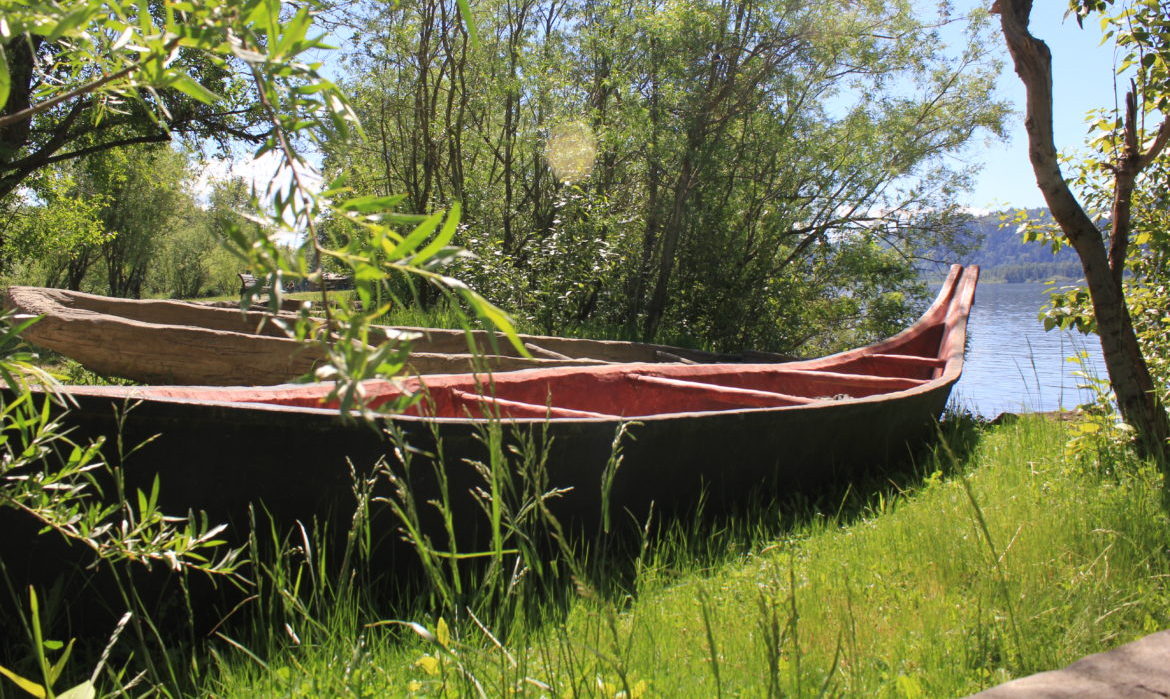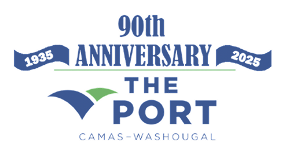Native American Villages
At the time of the Corps of Discovery expedition— the turn of the 19th century— this stretch of the Columbia River was a cultural border between the Cascade tribes to the east and the Multnomah tribes to the west. Centuries of vigorous trade along the Columbia, combined with the wealth of the river itself, made this region a nexus of Native American culture.
As the Corps of Discovery journeyed into the land of the Chinookan people, Lewis and Clark took note of their excellent boats. The Chinook peoples of the lower Columbia were justly known as master canoe builders. Their canoes, carved from hollowed cedar, fir, or spruce logs, were superb craft, sturdy, swift and maneuverable. Canoes were built for specific purposes. “Sweetwater” canoes were made for river travel, and were round-bottomed and shovel-bowed for maneuvering in strong currents. “Ocean” canoes were long, with keeled bottoms and sharp bows to track straight and cut through waves.
Lewis and Clark’s journal entries from their travels through this area reveal its transitional nature. To the east, the Cascades peoples of the Columbia Gorge and interior Columbia Plateau dwelled in circular pit houses with conical roofs. To the west, the Chinookan peoples of the Columbia tidewater dwelled in large multi-family longhouses. The houses of the Cottonwood Beach area, as reported by Lewis and Clark, included both styles.
The Chinookan peoples relied on the Columbia River and its surroundings for subsistence. Salmon were a staple and fished in great numbers during spring and fall runs. Upstream of Cottonwood Beach, fish were usually caught from scaffolds by spears or nets. Below this site, seine nets were used. Riverside plants, including wapato and camas, were staples in the local diet—both of which were also eaten by the Corps of Discovery while at Cottonwood beach.

